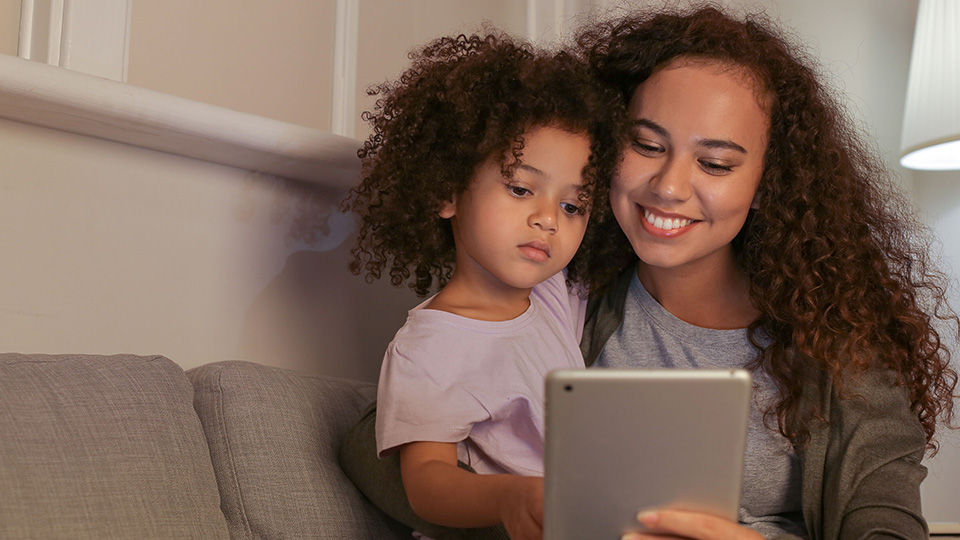
1. Use strong passwords
- Help your child make passwords that are hard to guess
- Use a mix of letters, numbers, and symbols
- Never share passwords with friends
- Use different passwords for different accounts
When this information gets shared online, it stays there for a very long time - sometimes forever! This is called a "digital footprint".
Everything you share online adds to your digital footprint. You can read more about content sharing in this eSafety guide. Content sharing | eSafety Commissioner
It's important to know what platforms they're using, especially social media, and the settings that can help protect them.
The The eSafety Guide explains how to protect your personal information and report harmful content on common social media, games, apps and sites.
You can use the eSafety app readiness PDF checklist to see if your child is ready for a particular app





Start by having a simple talk with your kids about privacy.
eSafety also suggests:
For more tips, explore eSafety's Privacy and your child guide.

Mental wellbeing is important and there are trusted resources available for families. with links and phone numbers to keep on hand.
End of article